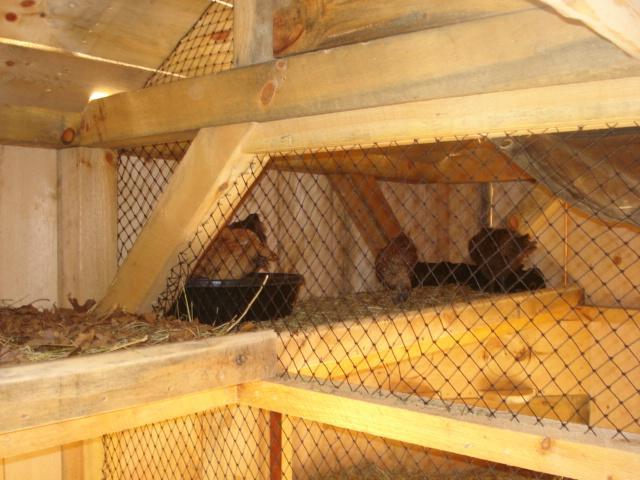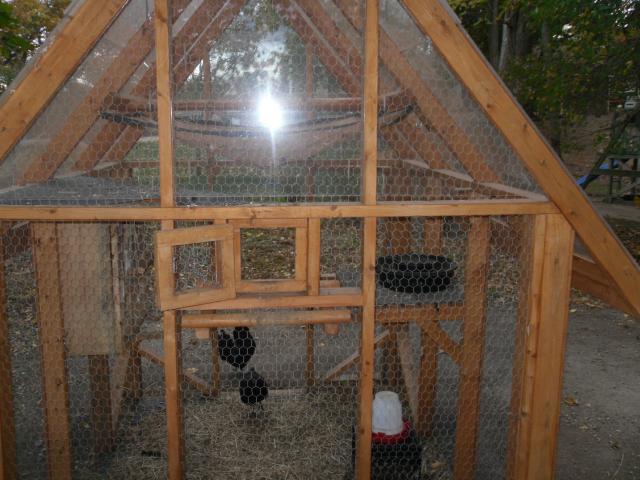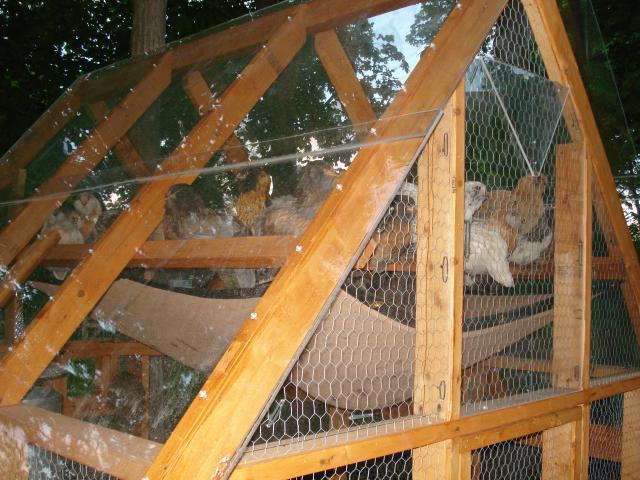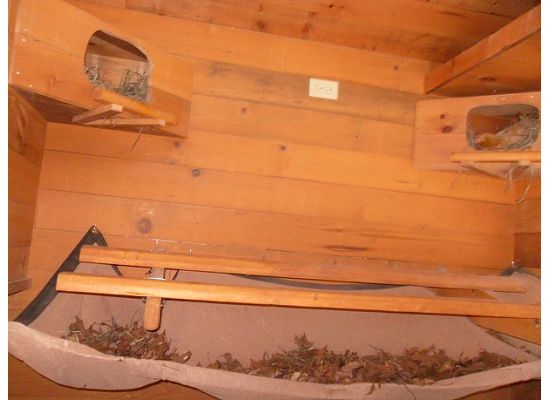For sure, not everyone will be able to put these ideas into practice, but for those who can...This threads for you!
This tread is the product of several of us hashing out what the difference between a coop and a cote. Not really understanding where we were coming from and what we were trying to say, it sort of went back and forth a bit. In the end a final question was asked that I feel summed up what we were all trying to get to:
This tread is the product of several of us hashing out what the difference between a coop and a cote. Not really understanding where we were coming from and what we were trying to say, it sort of went back and forth a bit. In the end a final question was asked that I feel summed up what we were all trying to get to:
When designing my chicken dwelling (i.e., cote, coop, "hens' hause") what specific features should I incorporate to most benefit the well-being of my flock? ... share practical information, including measurements and construction specs, that I can use to build my own.
I liked the question so much that I wanted to start a new thread with this question as the basis.
What I was hoping to focus on was how to get the chickens the exercise and sanitation that would lead to a long and productive life.
Obviously, if you are raising meat birds that are ready in a very short time, or if you are going to replace your flock every 2 years you will not benefit as greatly from what is here.
I liked the question so much that I wanted to start a new thread with this question as the basis.
What I was hoping to focus on was how to get the chickens the exercise and sanitation that would lead to a long and productive life.
Obviously, if you are raising meat birds that are ready in a very short time, or if you are going to replace your flock every 2 years you will not benefit as greatly from what is here.







